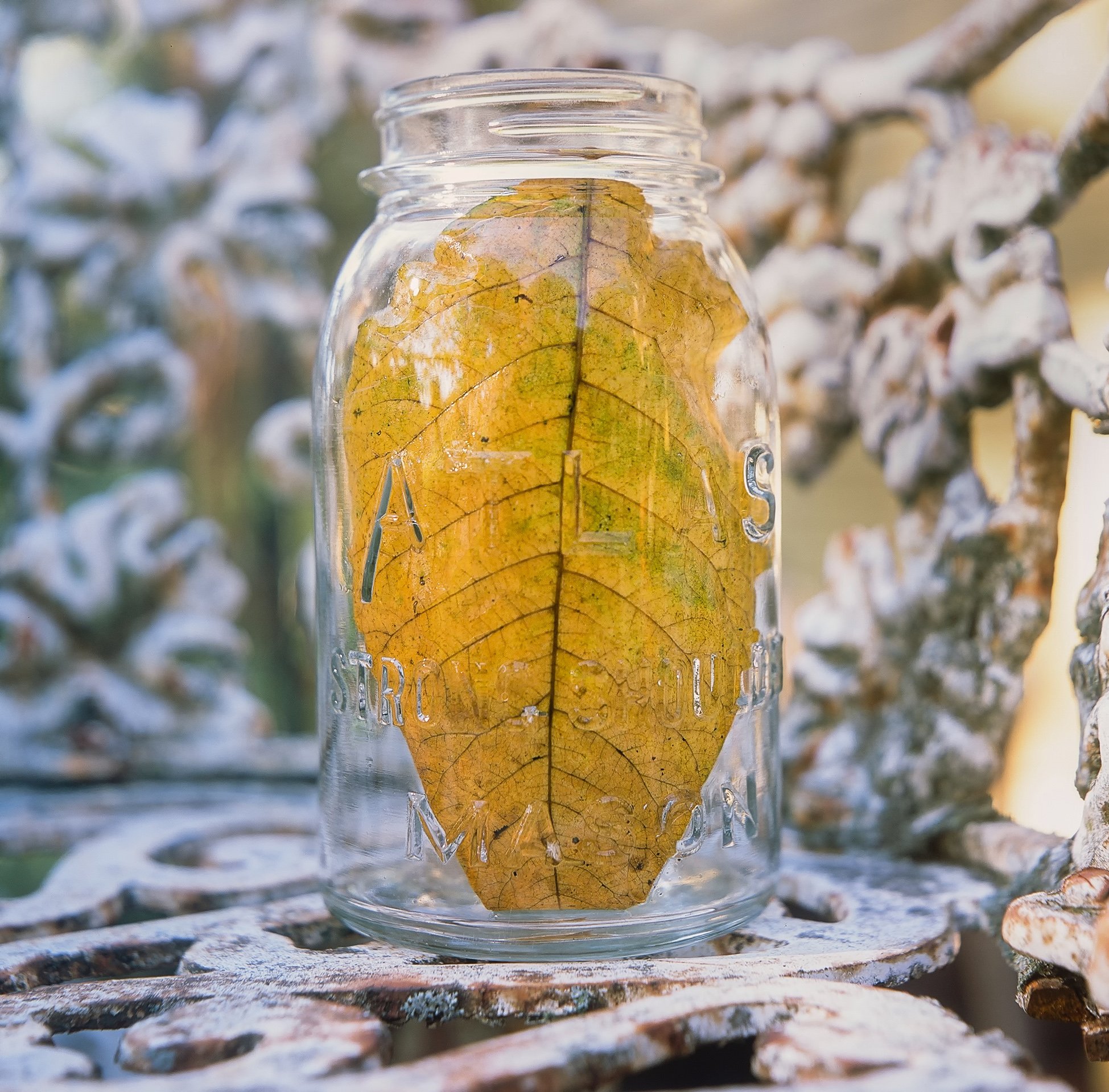By CB Adams
I am beginning the journey of turning several months of a photography project I named Wrought (because every scene was captured either on or in proximity to an antique, cast-iron chair), into a book and solo show. Now that I have more than 10 years of juried and group shows nationwide exhibitions to my credit, I am ready to elevate my work into a book of photographs and a solo show. I chose this approach because I was intrigued and inspired to use the chair as small theater for still life scenes that reflected the changing seasons from the first frost-free date here in early May to the first hard frost in late October.
That was my original intent.
Now that I’ve had more than a year to process the film and to allow the project to lie fallow, I see, too, that the photographs I created (no matter with a 4x5, 120 format TLR or 35mm camera) also reflected my emotional states during the time of their taking. I won’t call this a pandemic-inspired project, but working remotely at my day job, allowed me to make many of the photographs at a time of day when I was usually at the company headquarters. Pandemic-adjacent.
Funny how that works.
Because the Wrought book will have both photographs and prose, I decided to use my Qwerky Photo Blog as the place to create some of the prose that may make its way into the book.
I’m starting with this image mostly because I just received the scans back from the lab after waiting several months to have the funds to process the rolls and sheets of color film. I was delighted with this image. I had forgotten I had taken it. I like its simplicity and the use of a “Mason” jar. Mason jar is a catch-all phrase for all such jars. The jar in this image is one of several vintage jars I’ve collected to use for this project. It’s an Atlas jar. I used this jar approach for several other scenes in the Wrought Project.
Why? I was thinking of this “why” just this morning when I was deciding whether to write about this image, which I’m just now naming “At Last.” Why am I attracted to Mason jars? I remember as a young boy, following one of grandmothers, or great-grandmothers, into dark basements, replete with a quotidian light bulb hanging from a cord with its beaded switch chain hanging like a broken necklace. In that dramatic light (from a small boy’s perspective), were rows upon rows of vegetables, pepper relish, and chili sauce. They looked like science specimens to a “city” boy who was accustomed to green beans and corn in cans. Not jars. And certainly not dusty “dirty” jars in a dank basement.
But I soon loved the vegetables that came from my grands and great-grands. They all had large gardens and they all spent steamy late-summer hours “putting up” whatever vegetable was at its peak. And not to forget the jams and preserves. I learned to love gooseberries after I got over the unattractive name. If it wasn’t strawberry or raspberry, it just sounded weird.
I was fascinated watching them boil the jars, fret about the rubber seals, and carefully place the vegetables in the jars. The whole, long green beans lined tall jars like pencils, especially fascinated me. Canning like this is, at the practical level, is/was a way to ensure you had something to eat during the non-growing seasons, but it is, at a more intellectual level, a way of preserving the season. Preserving time.
As I review the images I made using these jars, no wonder I nicknamed the series “Preserve Your Memories.”
